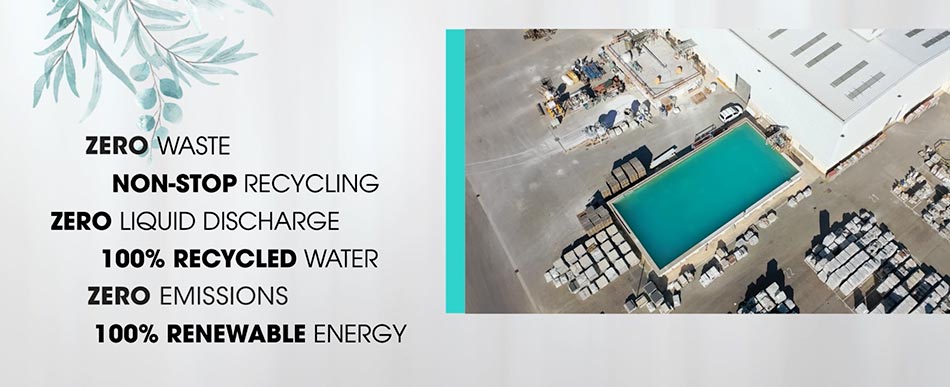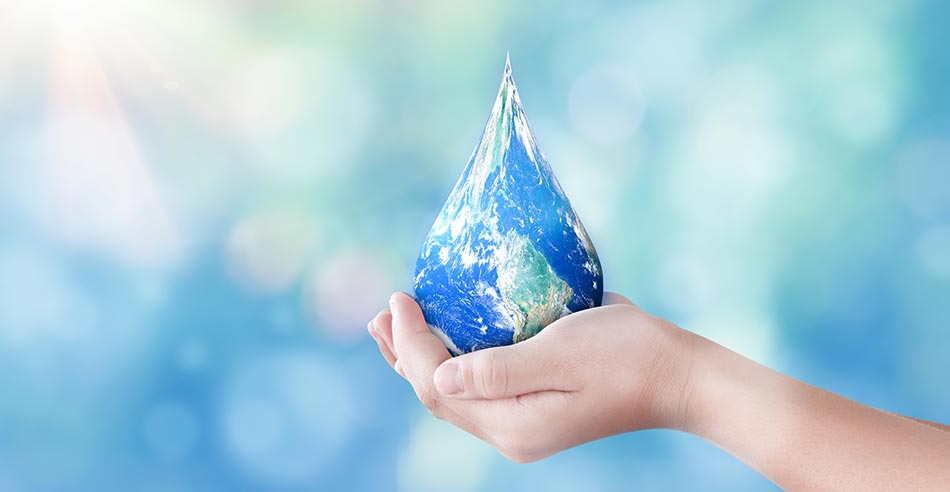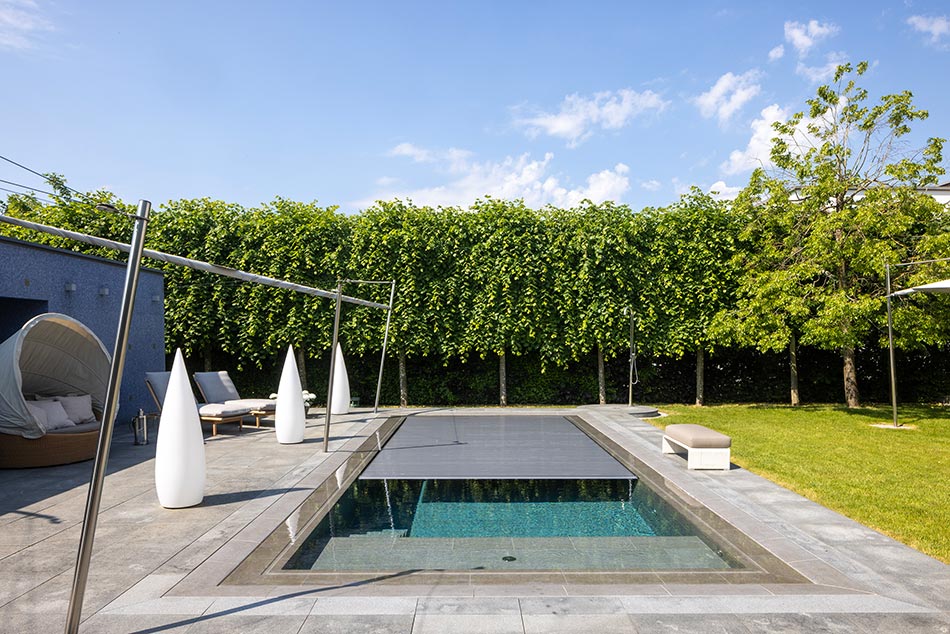Water. Pools. And consumption.
At Rosa Gres, environmental awareness is embedded in everything we do. It is ingrained in the way we work. It gives meaning and purpose to our business project. That’s why, here and now, we are very aware of what it means to live with prolonged drought. And we want to talk about it in this post.
First, we will consider pools and how they fit in the context of global water use. Then we will present some recommendations for optimizing water use in pools. And finally, we will tell you about some of the sustainable practices we incorporate into our daily work at Rosa Gres.
How much water do pools use in Spain?
To answer this question, we would like to quote the data provided by ASOFAP, because it is really significant. These figures include both public and private pools:
“Millions of people enjoy pools in Spain every year, although they only account for 0.11% of the country’s water and 1.4% of water consumption”
Tips for optimizing water and energy consumption in pools
To empty or not to empty?
Do not empty your pool. With today’s treatment and control systems, pools maintain their water quality for years without needing to be changed.
Recommendations to avoid repairs
- If you’re in the process of building your pool, there’s still time to make decisions that will pay off in the future:
- Hire a professional company to build your pool and make sure all phases of construction are completed correctly. This will prevent leaks, cracks and damage. Good workmanship will prevent problems and save you from having to empty the pool.
- Choose a durable and non-porous lining. Porcelain stoneware is one of the most durable materials available, and it has virtually no porosity.
- Get the depth right. For safety and water conservation, modern pools are no deeper than 1.5 meters. These pools are perfect for swimming and cooling off, while using much less water and providing greater safety.
- If you have the opportunity to renovate an old pool, follow the recommendations above. A complete renovation will result in an efficient and modern pool.
Maintenance of water treatment equipment
Choosing the right cleaning and filtering equipment will save you a lot of work and headaches. The water will retain its quality for a long time, and you won’t have to change it. Trust in the professionals to take care of the maintenance and adjustments for each season.
Advantages of installing a cover
- Water is kept cleaner.
- Evaporation is reduced by up to 80%. This is a significant amount of water that you will not have to refill.
- Provides protection against accidents, especially if there are children in the family.
- Helps maintain water temperature more easily.
Is it possible to use rainwater and water used to wash filters to fill pools?
Yes, there are some very useful systems available to help you make use of every single drop of water. Find out how to reuse water from filter cleaning and learn about the different solutions for collecting rainwater. These are two excellent practices that compensate for evaporation with recycled water.
Save electricity
A good solution is to use variable speed pumps. They cost a little more than other systems, but it has been proven that the energy savings they provide quickly offset the investment.
Project Zero by Rosa Gres

Our environmental awareness has driven us to create our own sustainable protocol, inspired by the Cradle to Cradle concept and the practice of Ecodesign. This protocol is called Project Zero and it is integrated into all areas of the company. You can read all the details here: Project Zero.

Some of the key milestones we have achieved with Project Zero include:
- We reuse 100% of the water used in the manufacturing process.
- We save 11,000 m3 of water per year, enough to fill 730 pools.
- At our Vallmoll plant, we have 30 control points for waste collection and 24 different waste classifications.
- We recover waste using approved companies.
- We recycle 100% of aggregate waste from the production process. We crush dry aggregate in the Gruber mill and reintroduce it into the mix to eliminate waste and subsequent transportation.
- All the electricity used by Rosa Gres comes from renewable sources.
- We are currently installing solar panels on the roof of the plant, which will generate 2 MW of self-consumption.
- We work according to ecodesign principles when developing products and construction systems.
- Our porcelain stoneware has one of the longest life cycles of any material. This means that its use helps to reduce energy consumption: less repairs, less maintenance and less related transportation.
- Our R&D team is constantly designing, developing and testing sustainable building solutions. Some examples: System 9, System 10, Dry Set System and our new Draining Floor.
We hope you find this information useful. Because all of us – companies, societies and individuals – can be part of the solution.
Thank you for being here.



